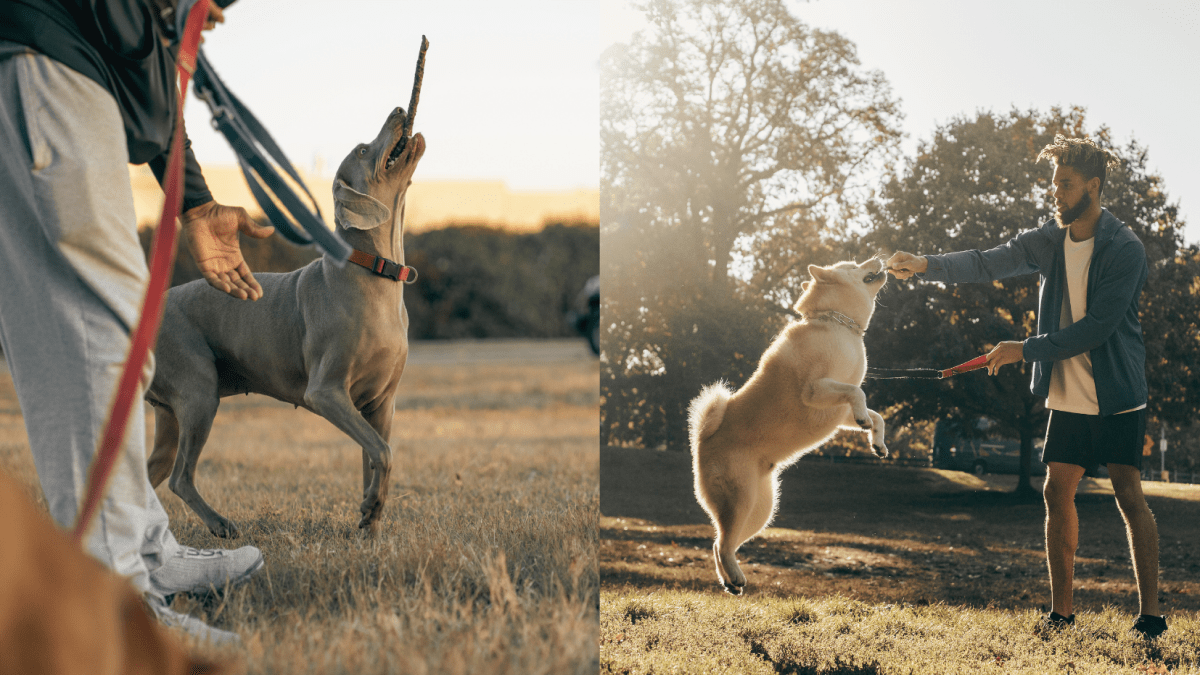
Title: Mastering Leash Aggression: Effective Dog Training Strategies in the Philippines
Introduction:
Walking your dog should be a pleasant experience, but for many owners dealing with leash aggression, it can quickly turn into a stressful ordeal. Leash aggression, characterized by barking, lunging, or growling at other dogs or people while on a leash, is a common behavioral issue faced by dog owners in the Philippines. However, with the right training strategies and techniques, leash aggression can be effectively managed, allowing both you and your furry friend to enjoy peaceful walks together.
Understanding Leash Aggression in Dogs: Causes and Triggers:
Leash aggression in dogs can stem from various underlying causes, including fear, anxiety, frustration, or territorial behavior. For instance, a dog may become leash-aggressive due to previous negative experiences, lack of socialization, or feeling restrained by the leash. Identifying the specific triggers that provoke leash aggression in your dog is crucial for implementing effective training strategies.
Importance of Addressing Leash Aggression for a Harmonious Walk:
Addressing leash aggression is not only essential for your dog’s well-being but also for maintaining a positive relationship between you and your pet. Uncontrolled leash aggression can lead to heightened stress levels for both the dog and the owner, making walks unpleasant and potentially dangerous. By resolving leash aggression, you can create a harmonious and enjoyable walking experience for both parties.
Positive Reinforcement Techniques: Building Confidence and Trust:
Positive reinforcement techniques, such as rewarding desired behaviors with treats or praise, are highly effective in addressing leash aggression. By rewarding calm and non-reactive behavior, you can help build your dog’s confidence and trust, gradually reshaping their response to triggers. For example, whenever your dog remains calm upon encountering another dog during a walk, promptly reward them with a treat to reinforce the desired behavior.
Counterconditioning and Desensitization: Rewiring Your Dog’s Response:
Counterconditioning and desensitization are powerful techniques for changing your dog’s emotional response to triggers that provoke leash aggression. Through gradual exposure to the trigger stimulus in a controlled setting, paired with positive experiences such as treats or play, you can help your dog form positive associations and reduce their reactivity over time. For instance, if your dog reacts aggressively to other dogs, start by exposing them to distant and controlled encounters, gradually decreasing the distance as they become more comfortable.
Implementing Structured Walks: Setting Clear Boundaries and Expectations:
Structured walks with clear boundaries and expectations can help prevent and manage leash aggression. Establishing rules such as walking beside you without pulling or maintaining a relaxed leash can help create a sense of order and control during walks. Consistency is key in reinforcing these rules, as inconsistent enforcement may confuse your dog and undermine your training efforts.
The Role of Leadership and Consistency in Managing Leash Aggression:
Strong leadership and consistency are essential for effectively managing leash aggression. Dogs look to their owners for guidance and reassurance, so it’s crucial to assert yourself as a calm and confident leader during walks. Consistent enforcement of rules and expectations, along with clear communication, can help establish your authority and minimize your dog’s reactive behavior.
Overcoming Challenges: Dealing with Reactive Behavior on Leash:
Dealing with reactive behavior on leash can be challenging, but remaining calm and composed is key to diffusing tense situations. Avoid reacting with fear or frustration, as this may escalate your dog’s aggression. Instead, use calming techniques such as deep breathing or redirecting your dog’s attention to a positive stimulus to help de-escalate the situation.
Seeking Professional Help: When to Consult a Certified Dog Trainer:
In some cases, leash aggression may require professional intervention from a certified dog trainer. If your efforts to address leash aggression have been unsuccessful or if the behavior poses a risk to your dog’s safety or the safety of others, seeking professional help is advisable. A qualified dog trainer can provide personalized guidance and assistance tailored to your dog’s specific needs.
Environmental Management: Minimizing Triggers and Stressors:
Environmental management plays a crucial role in minimizing triggers and stressors that may provoke leash aggression in dogs. Avoiding known trigger stimuli or altering your walking route to avoid confrontational situations can help reduce your dog’s reactivity. Additionally, creating a calm and controlled environment during walks, free from distractions or potential threats, can contribute to a more positive walking experience.
Long-Term Maintenance: Sustaining Progress and Preventing Relapses:
Sustaining progress and preventing relapses in leash aggression require long-term commitment and consistency. Continue practicing positive reinforcement techniques and structured walks, reinforcing desired behaviors while actively managing triggers and stressors. Regular training sessions and ongoing reinforcement of learned behaviors are essential for maintaining positive changes and preventing regression.
Conclusion:
In conclusion, mastering leash aggression requires patience, dedication, and a thorough understanding of your dog’s behavior and triggers. By implementing effective training strategies and techniques, you can address leash aggression and create a harmonious walking experience for both you and your furry companion. Remember to remain patient, stay consistent, and seek professional help when needed to ensure the success of your training efforts. With perseverance and positive reinforcement, you can overcome leash aggression and enjoy peaceful walks with your dog in the Philippines.
No Comments Yet